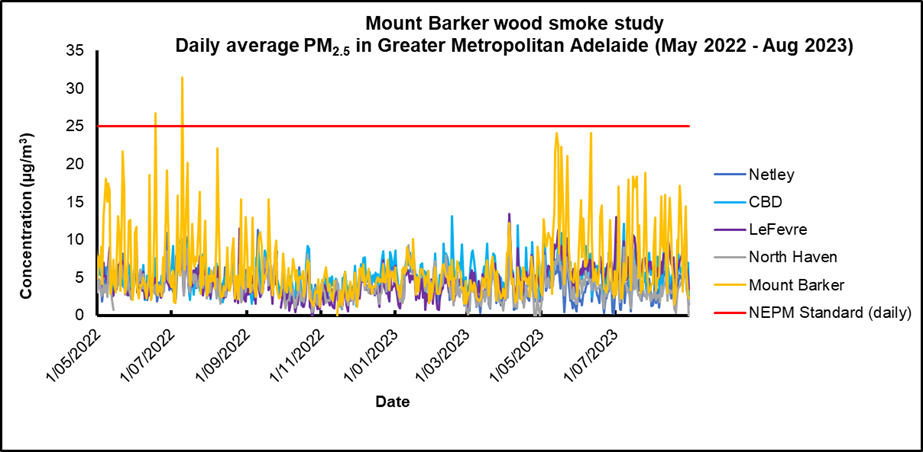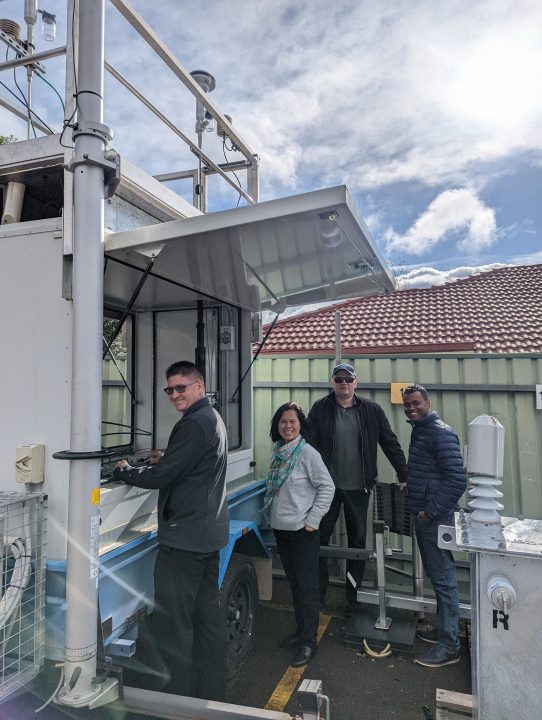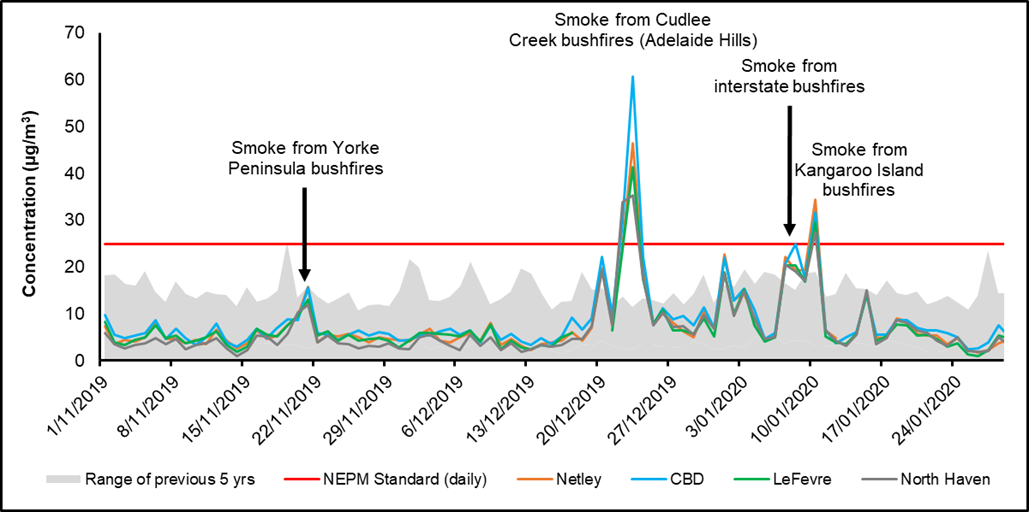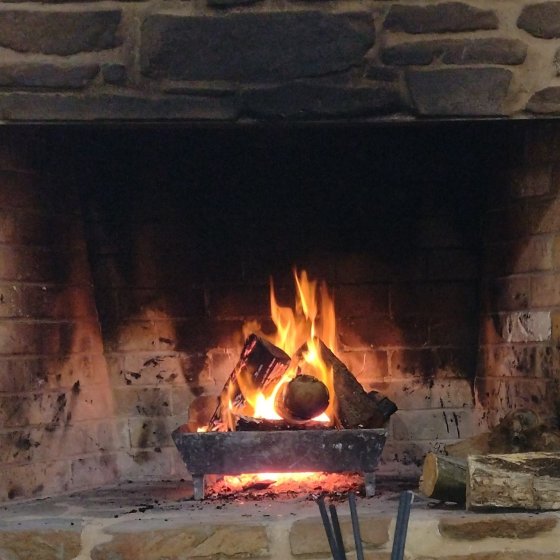- Home
- Environmental Themes
- Air
- Managing Pollution Sources
- Wood Smoke
Wood Smoke
Wood heaters
In 2022–23, the EPA undertook a wood smoke monitoring program in collaboration with the Mount Barker District Council to identify the extent of particulate pollution emitted from the use of wood heaters in Mount Barker. The study found there was a direct link between the use of wood heaters during winter and elevated PM2.5 particles rising during evening peaking around midnight, and then gradually falling until the morning hours. Levels of PM2.5 for Mount Barker were also clearly higher than at other monitoring locations and exceeded the NEPM PM2.5 standard.


A 3-year SmokeWatch project in Mount Gambier, completed in 2011, also found that wood smoke, especially from domestic heaters, caused PM2.5 concentrations in winter to exceed the national standards.
There have been calls for bans on wood heaters (for example, from Asthma Australia), and some governments in Australia, for instance, in the ACT, are phasing them out. Increased compliance work to regulate the way domestic wood heaters and fires in the open are operated is an option that could be supplemented with an education campaign approach, noting that both methods would require adequate resourcing.
Bushfire smoke
Black Summer bushfires of November 2019–February 2020 when fires blazed in the Adelaide Hills, Kangaroo Island, Yorke Peninsula, Eyre Peninsula and the South East. Kangaroo Island fires burned 211,500 hectares, including one of South Australia’s most important ecological sites, Flinders Chase National Park, being home to the endangered and endemic Kangaroo Island Dunnart and Glossy Black Cockatoo. An estimated 25,000 koalas were also destroyed, along with the habitats of numerous other animals. In total, over 254,600 hectares were destroyed by the fires.
The impact on air quality in South Australia was visible, and the air quality monitoring stations around the state recorded very high levels of particulate pollution.
The 2019–20 bushfires across Australia demonstrated the urgent need for a smoke forecasting system to protect human health. A smoke forecasting system is currently being developed by the CSIRO to provide air quality forecasts that can inform warnings about current and forecasted air quality impacts.

